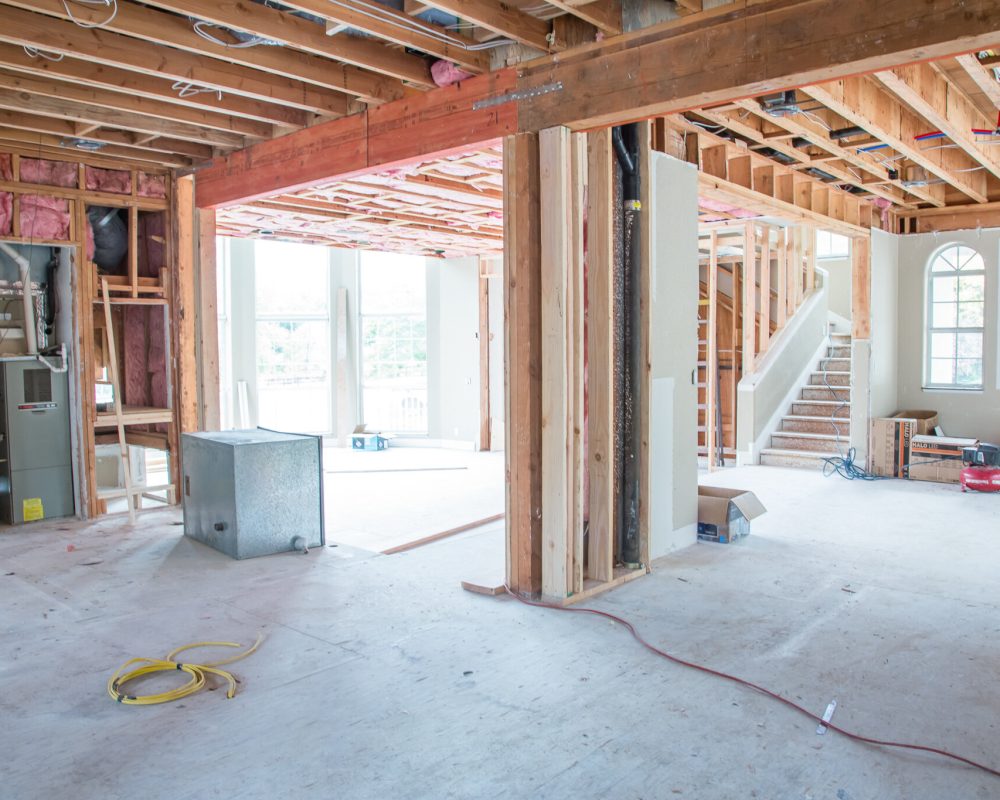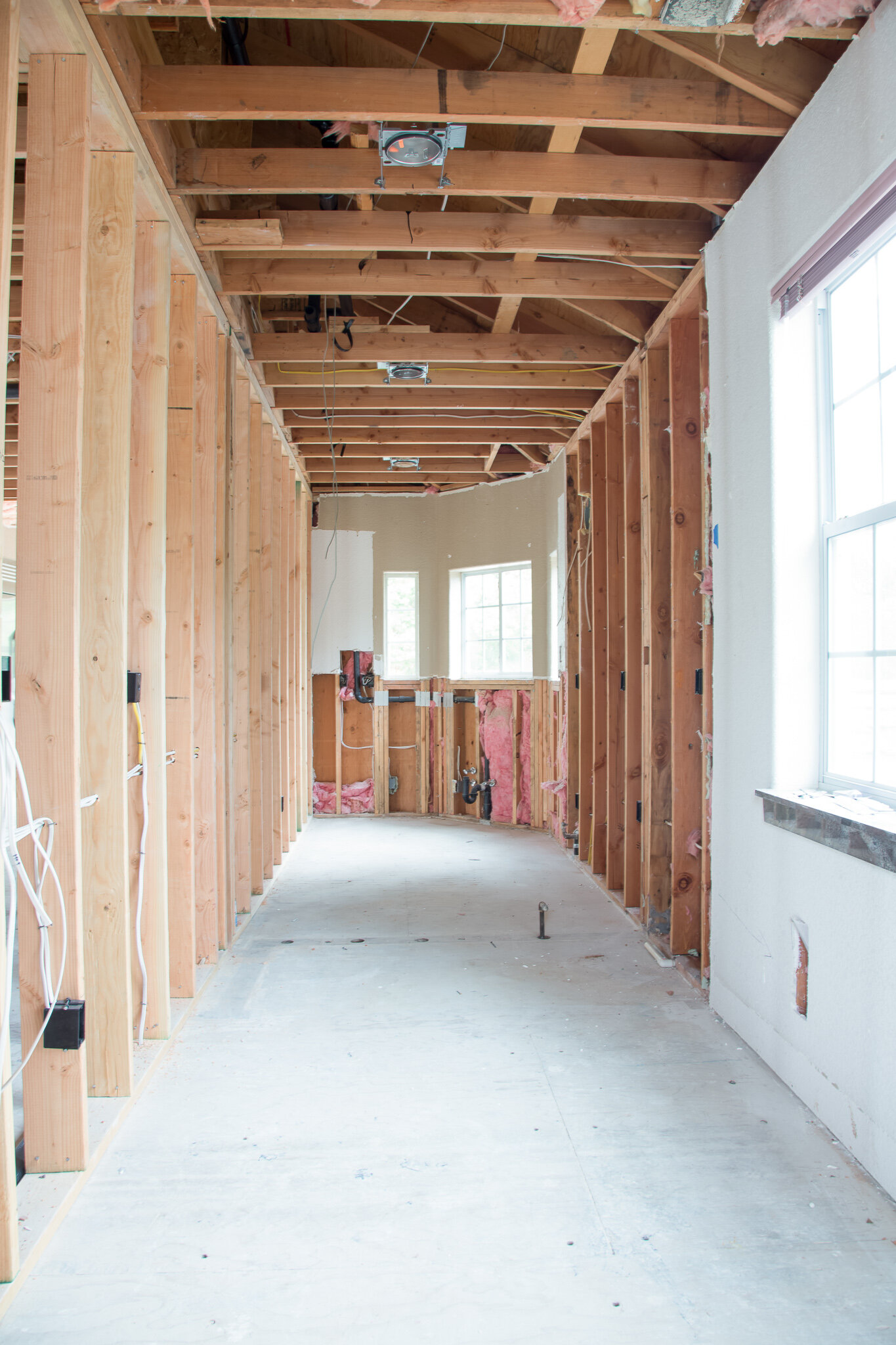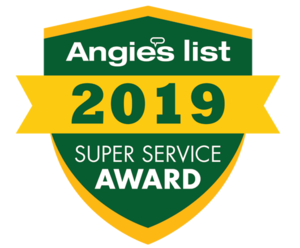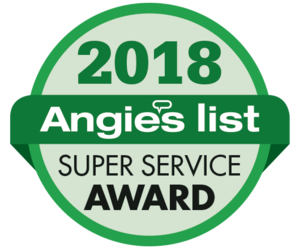The construction sector—now a $13 trillion global powerhouse—is quietly bleeding billions each year to fraud, waste, and abuse. According to the World Economic Forum, corruption can inflate project costs by 10–30%, turning a $1 million contract into a $1.1–1.3 million liability overnight.
In the U.S. alone, industry‑specific research estimates as much as 10% of construction spending—nearly $98 billion annually—is diverted through fraudulent schemes such as overbilling, false change orders, and phantom subcontracts.
On average, organizations lose 5% of their revenue to fraud each year, with median losses of $145,000 per incident—and construction ranks among the highest‑cost sectors, with a median loss of $250,000 per case.
At the heart of many of these scams are “inflated bills.” A prime contractor submits an invoice for a subcontractor’s work that far exceeds the true cost; once the owner pays, the contractor pockets the difference and pressures the subcontractor for a kickback. Such kickbacks typically range from 5–20% of the contract value—meaning on a $500,000 project, up to $100,000 can be siphoned off illicitly citeturn search. More than a quarter of businesses don’t even audit for procurement fraud, and half rely on manual detection methods—leaving vast sums undetected.
Winning the Bidding Battle
Owners can blunt this threat by fostering robust competition. Seeking multiple bids exposes outliers and helps establish a reliable market rate. But competition alone isn’t enough. Rigorously vetting each bidder—by verifying licenses, checking real project references, and probing corporate ownership—cuts the odds of housing a fraudulent operator in your project team citeturn0search2. Embedding procurement controls—surprise audits, whistleblower hotlines, and proactive data monitoring—has been shown to reduce median fraud losses by 63% and accelerate detection by up to 50%.
Mastering the Invoice Audit
Owners and their representatives must treat every invoice and change order like a mini forensic audit. Look for duplicated line items, sudden rate spikes, or vague descriptions (“materials” without specifics). Maintain digital, timestamped records and require itemized backup for every dollar spent. Even basic three‑way matching—comparing purchase orders, delivery receipts, and invoices—can nip 70% of billing fraud in the bud.
The Independent Inspector: Your Unseen Guardian
While public building inspectors focus on code compliance, an owner‑hired independent inspector brings three critical advantages:
- Dedicated Oversight – On‑site daily or weekly, they catch shortcuts and material substitutions that outsiders miss.
- Technical Breadth – Prefer professionals with certifications across HVAC, structural, plumbing, and electrical disciplines. Otherwise, gaps in expertise create blind spots.
- Clout and Credibility – A seasoned inspector who can confront contractors and escalate issues ensures accountability—without deference to any party.
Harnessing Technology and Best Practices
Emerging tools—like AI‑driven invoice analytics and blockchain‑backed procurement tracking—are beginning to automate red‑flag detection. But technology only amplifies good governance. A recent ACFE report shows firms with established anti‑fraud policies, regular fraud training, and robust internal controls detect misconduct 50% faster and suffer 40% smaller losses.
Ultimately, transparency is the strongest deterrent. Owners who actively engage—questioning line items, verifying quantities on‑site, and demanding granular accountability—dramatically shrink the playground for corrupt actors. In an industry where 5%–30% of every project can slip away to fraud, knowledge truly is power—and every dollar saved can be reinvested into building a safer, stronger world.







